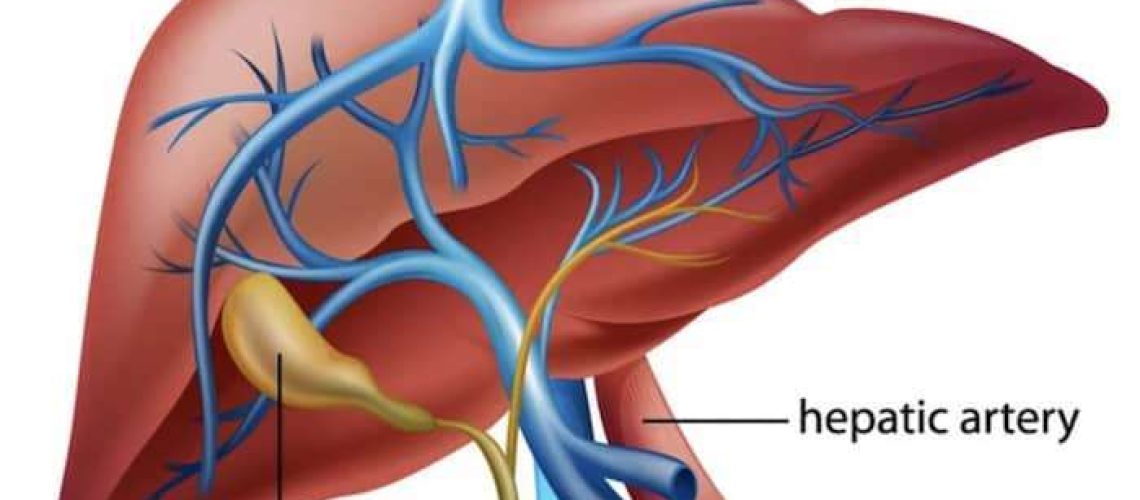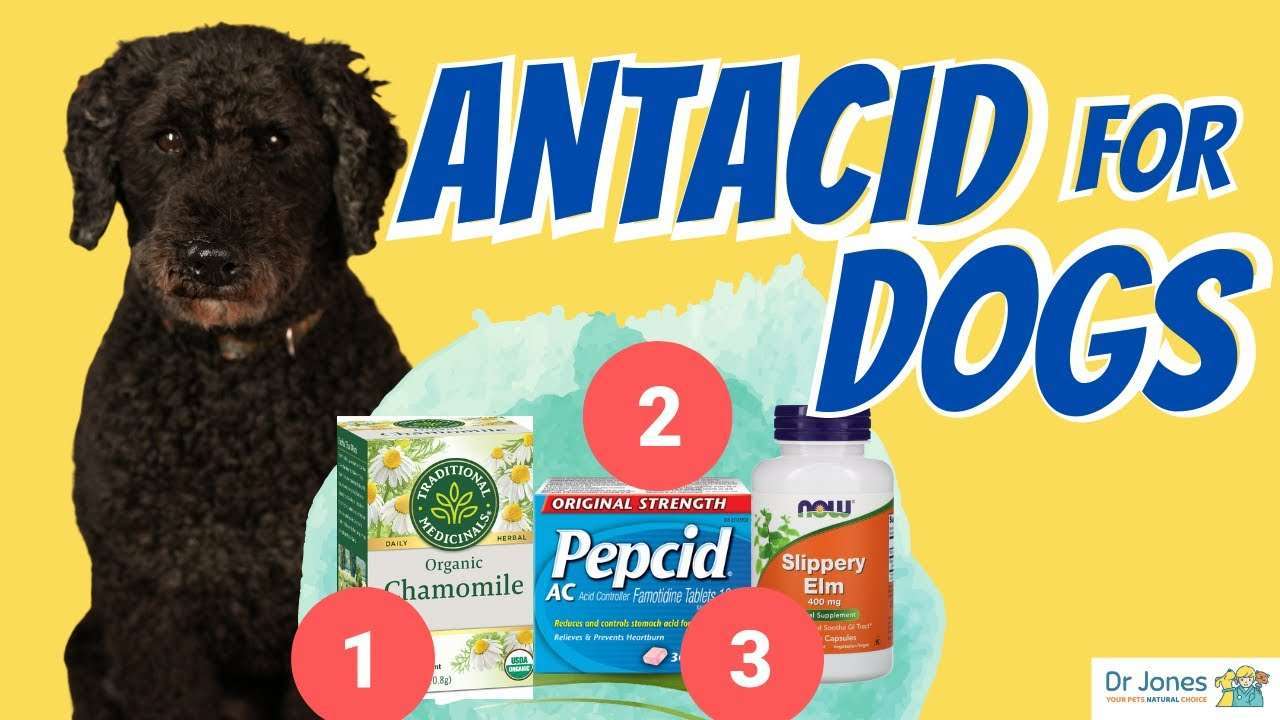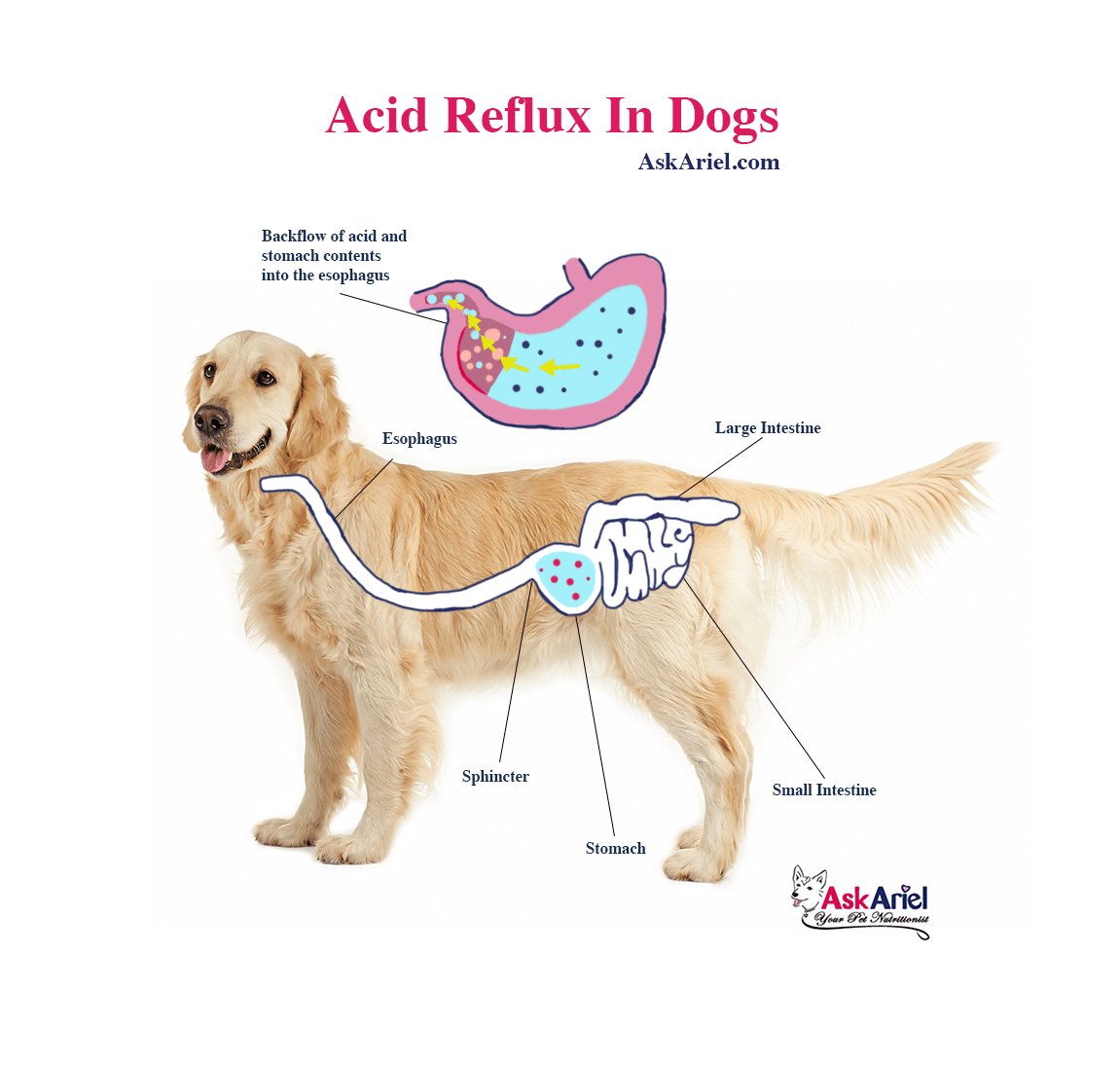Key Takeaways:
- Liver shunt in dogs is a congenital condition where blood flow bypasses the liver, leading to toxic substances not being filtered properly.
- Symptoms of liver shunt in dogs may include stunted growth, poor appetite, excessive drinking and urination, seizures, and behavioral changes.
- Diagnosis of liver shunt in dogs involves blood tests, imaging techniques like ultrasound or CT scan, and sometimes a specialized test called a bile acid stimulation test.
- Treatment options for liver shunt in dogs include dietary management with low-protein diets, medications to manage symptoms, and surgical correction if feasible.
- Prognosis for dogs with liver shunts varies depending on the severity of the condition and response to treatment. Regular monitoring and follow-up care are essential for managing this condition effectively.
Are you a dog lover? Do you want to ensure the health and well-being of your furry friend? Then, understanding the topic of liver shunt in dogs is essential for you. Liver shunt is a condition that affects dogs, causing serious health complications. By delving into this subject, you will gain valuable knowledge that can help you identify the signs and symptoms of liver shunt in your beloved pet. Did you know that liver shunt affects up to 1% of all dogs? That means it's more common than you might think! In this article, we will explore what liver shunt is, how it can impact your dog's health, and what steps you can take to manage and treat this condition. So, let's dive in and become informed dog owners who can provide the best care for our furry companions!
What is a Liver Shunt in Dogs and How Does it Affect Their Health?
Understanding Liver Shunts
A liver shunt, also known as a portosystemic shunt, is an abnormal blood vessel that diverts blood flow away from the liver. Normally, the liver plays a crucial role in filtering toxins and waste products from the bloodstream. However, when a shunt occurs, these toxins bypass the liver and circulate throughout the body. This can lead to a buildup of harmful substances in the bloodstream and affect the overall health of the dog.
The Impact on Health
Liver shunts can have various effects on a dog's health. One common consequence is poor growth and development, as essential nutrients are not properly absorbed by the body. Dogs with liver shunts may also experience neurological symptoms such as disorientation, seizures, or behavioral changes. Additionally, they may have difficulty processing proteins, leading to issues like urinary tract problems or bladder stones.
It's important to note that the severity of symptoms can vary depending on the type and location of the shunt. Some dogs may only show mild signs while others may have more severe complications.
How Do Dogs Get Liver Shunts and Are Certain Breeds More Prone?
Congenital vs Acquired Shunts
Liver shunts in dogs can be either congenital or acquired. Congenital shunts are present at birth and occur due to abnormal blood vessel development during fetal development. Acquired shunts, on the other hand, develop later in life as a result of certain medical conditions such as liver disease or trauma.
Breeds Prone to Liver Shunts
While any dog breed can potentially develop a liver shunt, certain breeds have been found to be more prone to this condition. Some of these breeds include Yorkshire Terriers, Maltese, Cairn Terriers, and Irish Wolfhounds. However, it's important to remember that liver shunts can occur in any breed or mixed-breed dog.
It's worth noting that genetics play a role in the development of liver shunts in certain breeds. Therefore, if you are considering getting a dog from a breed known to be prone to this condition, it's advisable to choose a reputable breeder who conducts health screenings on their breeding dogs.
Recognizing Common Symptoms of Liver Shunt in Dogs
Gastrointestinal Symptoms
Dogs with liver shunts often exhibit gastrointestinal symptoms such as vomiting, diarrhea, and poor appetite. These symptoms may be intermittent or chronic depending on the severity of the shunt.
Neurological Symptoms
Neurological symptoms are also common in dogs with liver shunts. These can include disorientation, circling or head pressing against objects, seizures, and behavioral changes like lethargy or aggression.
Poor Growth and Development
One of the hallmark signs of liver shunts in puppies is poor growth and development. They may appear smaller than their littermates and fail to gain weight at a normal rate.
It's important to consult with a veterinarian if you notice any of these symptoms in your dog. Prompt diagnosis and treatment can greatly improve their quality of life.
Treatment Options for Liver Shunt in Dogs
Medical Management
In some cases, especially when the shunt is mild or surgery is not an option due to other health concerns, medical management may be recommended. This involves dietary changes and medications aimed at reducing the workload on the liver and managing symptoms such as gastrointestinal issues or seizures.
Surgical Intervention
Surgery is often the preferred treatment for liver shunts. The goal of surgery is to either close off the abnormal blood vessel or redirect blood flow back to the liver. This can be achieved through various surgical techniques, depending on the location and type of shunt.
Post-Operative Care
After surgery, dogs require careful post-operative care to ensure a successful recovery. This may include monitoring their incision site, administering medications as prescribed, and making dietary adjustments to support liver health.
It's important to work closely with a veterinarian to determine the most appropriate treatment option for your dog based on their specific condition and overall health.
Dietary Changes to Help Manage Liver Shunt in Dogs
Low-Protein Diet
Dogs with liver shunts often have difficulty processing proteins, so a low-protein diet may be recommended. This helps reduce the workload on the liver and minimizes the production of ammonia, a byproduct of protein metabolism that can be harmful in these cases.
Specialized Prescription Diets
There are specialized prescription diets available that are specifically formulated for dogs with liver shunts. These diets are designed to provide balanced nutrition while minimizing stress on the liver. They typically contain easily digestible proteins, restricted copper levels (as high copper can be problematic for some dogs with shunts), and added nutrients like omega-3 fatty acids for optimal liver support.
Frequent Small Meals
Feeding frequent small meals throughout the day can help prevent spikes in blood ammonia levels and aid in better nutrient absorption. It also helps maintain stable blood sugar levels in dogs with compromised liver function.
It's important to consult with a veterinarian or veterinary nutritionist before making any dietary changes for your dog with a liver shunt. They can guide you in selecting an appropriate diet that meets your dog's specific nutritional needs.
Can Dogs with Liver Shunts Live a Normal Life Expectancy with Proper Care?
Prognosis and Long-Term Management
With proper care and management, dogs with liver shunts can live relatively normal lives. The prognosis depends on various factors such as the severity of the shunt, the age at diagnosis, and the overall health of the dog. Early detection and prompt treatment greatly increase the chances of a positive outcome.
Ongoing Monitoring
Dogs with liver shunts require regular veterinary check-ups to monitor their liver function and overall health. This may involve blood tests to assess liver enzymes, bile acids, and ammonia levels. Additionally, periodic ultrasounds or other imaging techniques may be recommended to evaluate the status of the shunt.
Lifestyle Adjustments
Making certain lifestyle adjustments can also contribute to better management of liver shunts in dogs. This includes providing a low-stress environment, avoiding certain medications or toxins that can further harm the liver, and ensuring they receive appropriate exercise and mental stimulation.
While living with a liver shunt may require extra care and attention, many dogs go on to lead happy lives with proper management and support from their owners.
In conclusion, liver shunt in dogs is a condition where blood bypasses the liver, causing health problems. It is important for dog owners to be aware of the symptoms and seek veterinary care to ensure proper treatment and management.
Can a dog survive with liver shunt?
According to Tobias (2018), dogs with liver shunts that are outside of the liver and are surgically corrected using ameroid constrictors or cellophane bands have a positive prognosis. Around 85% of these dogs are reported to be clinically normal several months after the surgery.
How serious is a liver shunt in dogs?
If a liver shunt in a dog is not treated, it can cause significant health issues, including seizures and potentially being fatal. It is important to be able to identify the symptoms of this condition in order to save your dog's life.
How much does it cost to fix a liver shunt in a dog?
The price to perform portosystemic shunt ligation can vary from $2,000 to $12,000. Additional expenses such as medications, specialized diets, hospital stays, and follow-up visits will contribute to the overall cost. If there are shunts present in multiple blood vessels, the expense of the procedure may increase based on the number and specific blood vessels impacted.
What breeds are prone to liver shunts?
While any dog or cat can potentially have a portosystemic shunt, certain breeds may have a higher risk. These include Miniature Schnauzers, Yorkshire Terriers, Irish Wolfhounds, Cairn Terriers, Maltese Terriers, Australian Cattle Dogs, Golden Retrievers, Old English Sheepdogs, and Labrador Retrievers.
At what age do dogs get liver shunt?
The causes of liver shunts in dogs can either be congenital, meaning present at birth, or can develop as a result of another liver-related medical condition. One cause is a congenital shunt that is caused by a genetic predisposition before birth.
When should I euthanize my dog with liver failure?
With the appropriate treatments, dogs in the early and middle stages of liver disease can still have a good quality of life. However, if the disease progresses to the third stage and the symptoms become unmanageable, veterinarians may recommend euthanasia as a way to alleviate suffering.

















